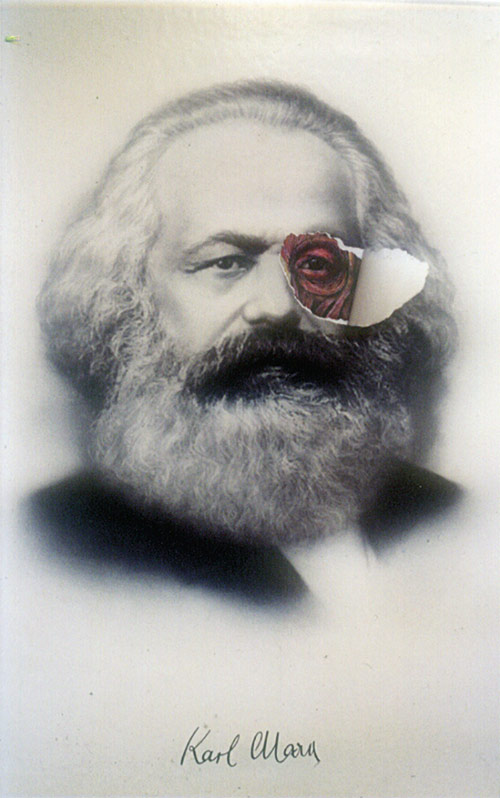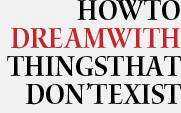2014
Lázaro Saavedra
At the third Bienal de La Habana in 1989, Lázaro Saavedra, along with other Cuban artists from his generation, was included in the section ‘The Tradition of Humour’, in a curatorial move that has been read as an attempt to smother the critical potential of his work through a category, that of humour, which has an uneasy relationship with politics.

Perhaps the title of this exhibition was imposed by the Castro regime, concerned with attacks coming from the outside and possible internal criticism. But the identification of humour as a strategy in Saavedra’s work was not a mistake – it is there as a way of defining a complex, critical position and intervening from within. This position, maintained by Saavedra during a career that has lasted over thirty years, presents a model for how artistic practice is able to respond to context without fleeing, proposing analysis, re-readings and detours.
For Saavedra, the formation of opinion and construction of social imagination have always been objects of study and problematisation, as seen in a piece from 1987 in which he rips part of a portrait of Karl Marx to show that the author of the ‘Communist Manifesto’ was made of flesh and blood, making his veins and muscles visible, as if the shredded paper were skin. Or in Detector de ideologías [Ideology Detector] (1989?2010), a small device that detects ideological deviation in works of art: no problems, problematic, counter-revolutionary, subversive. More recently, the artist created Software cubano [Cuban Software] (2012), a game of ‘yes’ and ‘no’ which demonstrates the consequences of the political-ideological choices that rule over contemporary Cuban life, drawing tensions from the relationships between will and reality.
For the 31st Bienal, Saavedra has been invited to realise a wall intervention, Bajo presión [Under Pressure], which draws from some of these previous works, articulating them in a new context and reflecting, through his own history as an artist, on the critical possibilities of art today. – LP/PL




